Carbon Solutions for Industry & Utilities
Alcon Development supports clients across the full chain—from feedstock preparation and pyrolysis to activation, QA/QC, and application engineering—so carbon products deliver measurable performance in water, air, and soil systems.
Why partner with Alcon Development?
- Design-to-operate advisory with vendor-neutral selection.
- Integration with real-world utilities: emissions, noise, ATEX, and permitting in mind.
- Clear QA/QC plans and certification pathways (EBC/IBI, GAC performance tests).
- Pilot coordination and scale-up support.
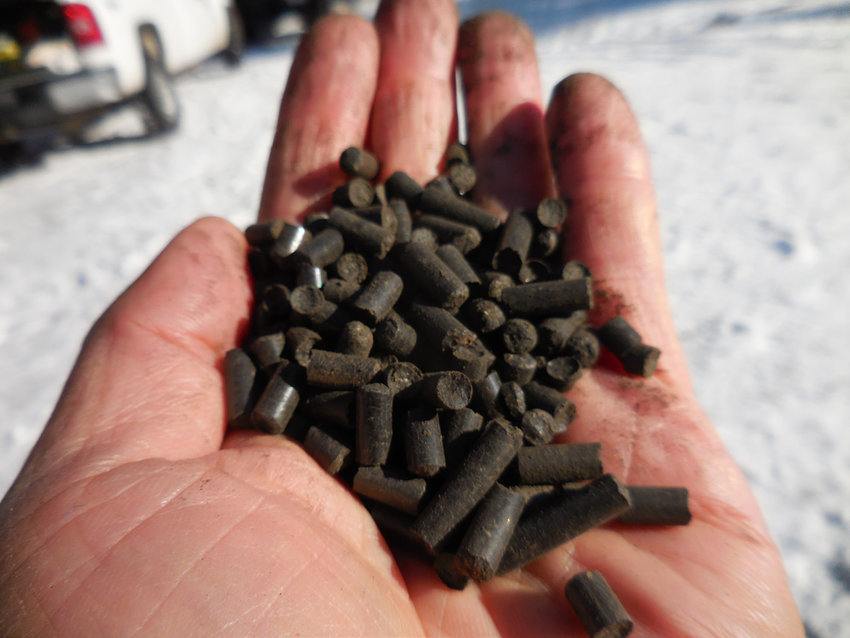
What we deliver

Process Design
Vendor-neutral selection of pyrolysis and activation technologies tailored to your feedstock, scale, and regulatory needs.

Plant Integration
Feed handling, gas clean-up, emissions control, ATEX zoning, utilities tie-ins, and commissioning support.

Applications
GAC/PAC systems for drinking water and air; biochar for soil improvement and carbon sequestration.
Process overview
How it is made
A compact, scalable pathway from biomass to high-performance carbon products.
Feedstock Preparation
Cotton stalks, wood residues, or nutshells are dried and sized for consistent conversion.
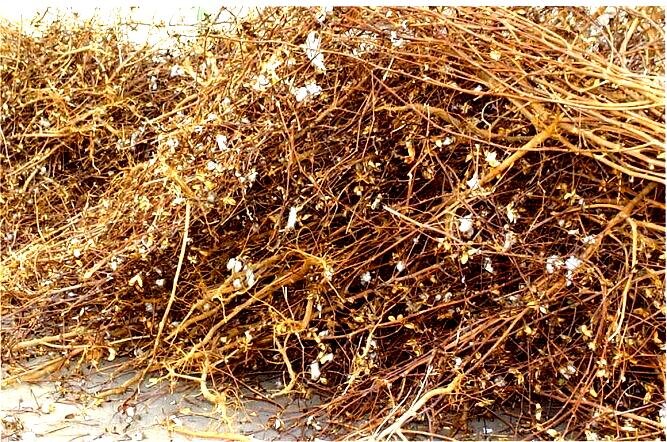
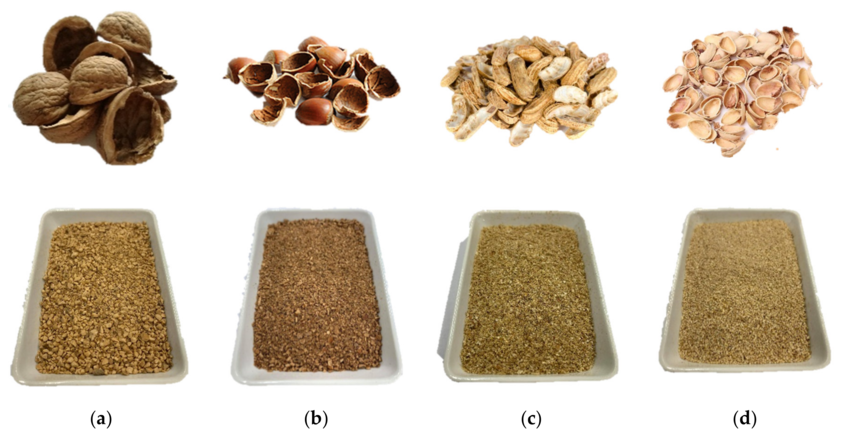
Pyrolysis → Biochar
Oxygen-limited heating at ~400–700 °C produces biochar plus process vapors/gases.
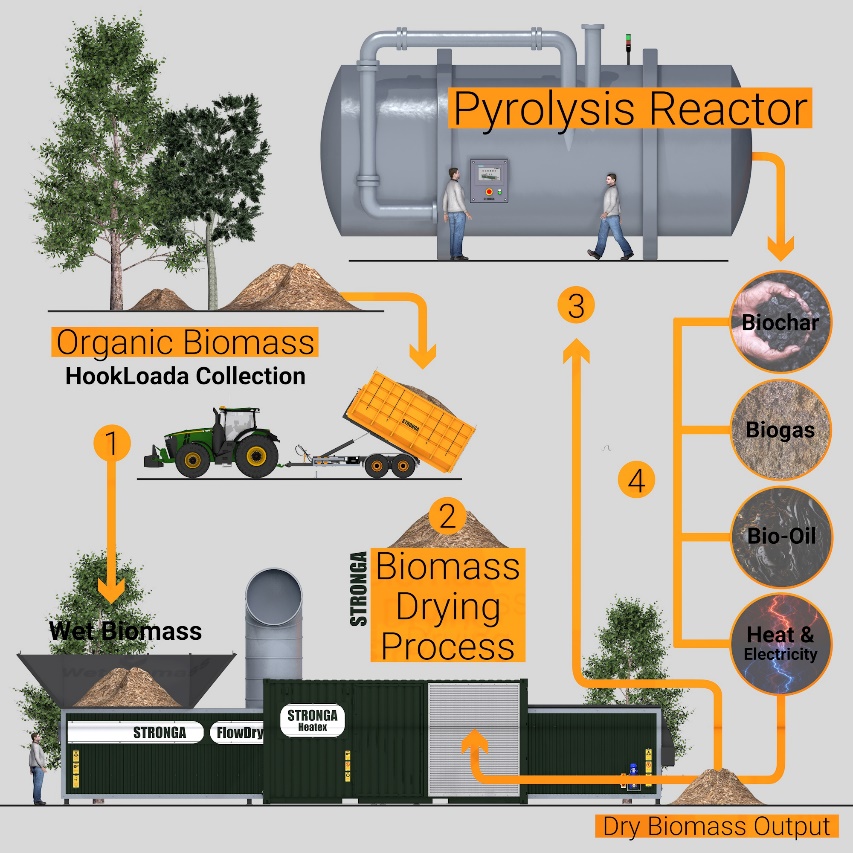
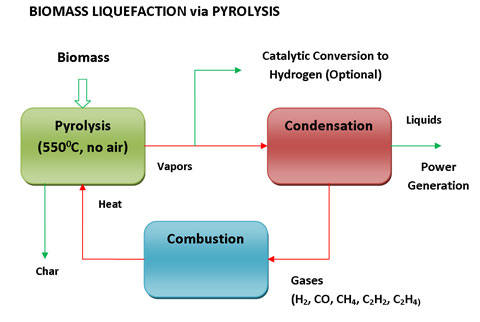
Activation → Activated Carbon
Steam or CO₂ at ~800–1000 °C opens porosity and boosts surface area for adsorption.
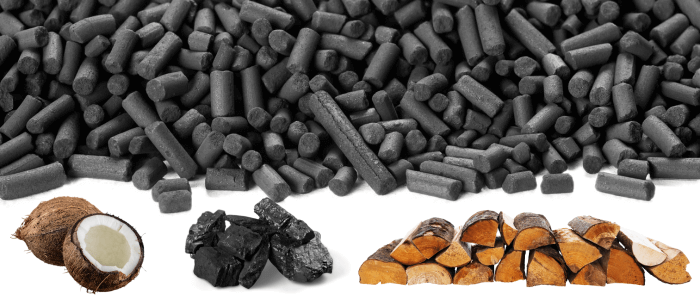
QA/QC & Grading
Washing, drying, and grading into GAC/PAC/pellets; iodine number, BET, and performance tests.
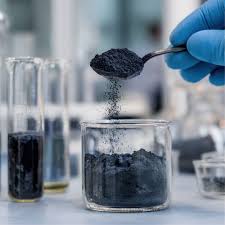
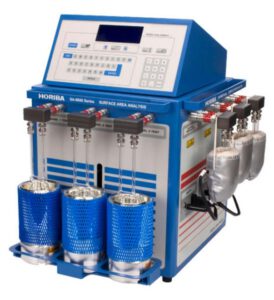
Designs align with EBC/IBI biochar guidance and EPA notes for GAC/PAC systems
use cases
Drinking Water
GAC filters remove VOCs and other organics; designed beds are regenerable and auditable.
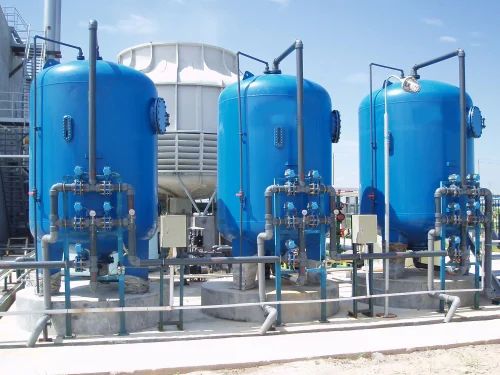
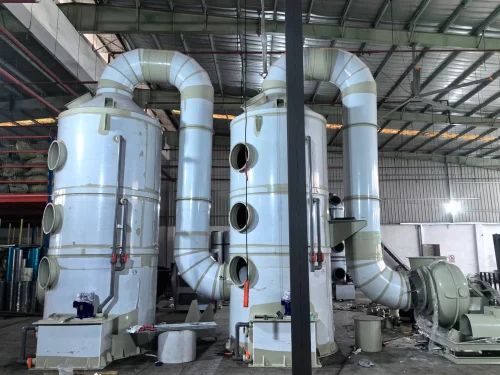
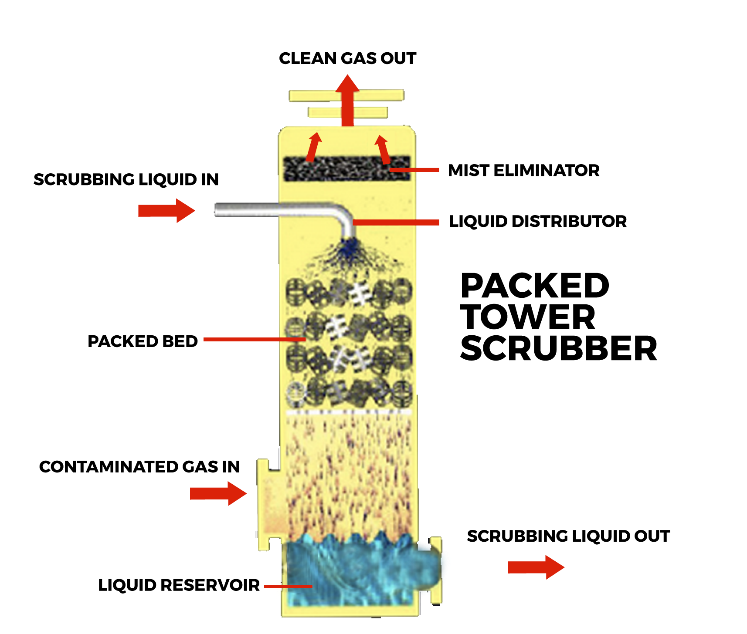
Industrial Air
Capture solvents and odors with packed beds or modular adsorbers integrated into existing lines.
Soil & Carbon Sinks
Biochar improves soils and enables durable carbon storage with traceable accounting.
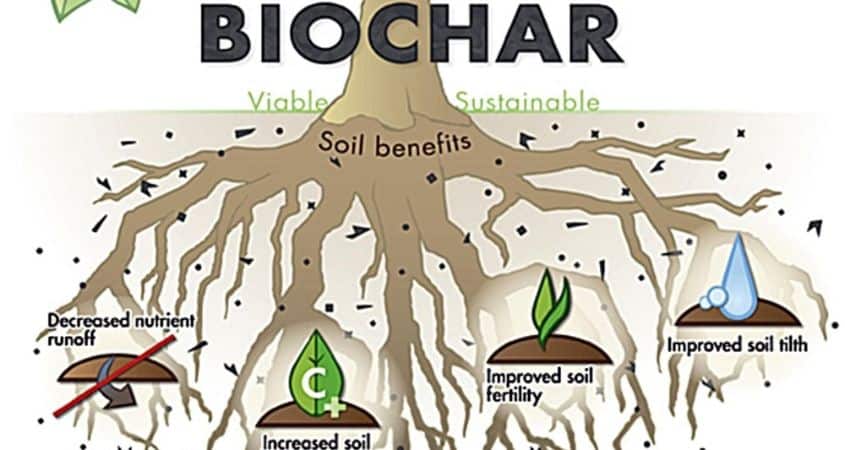
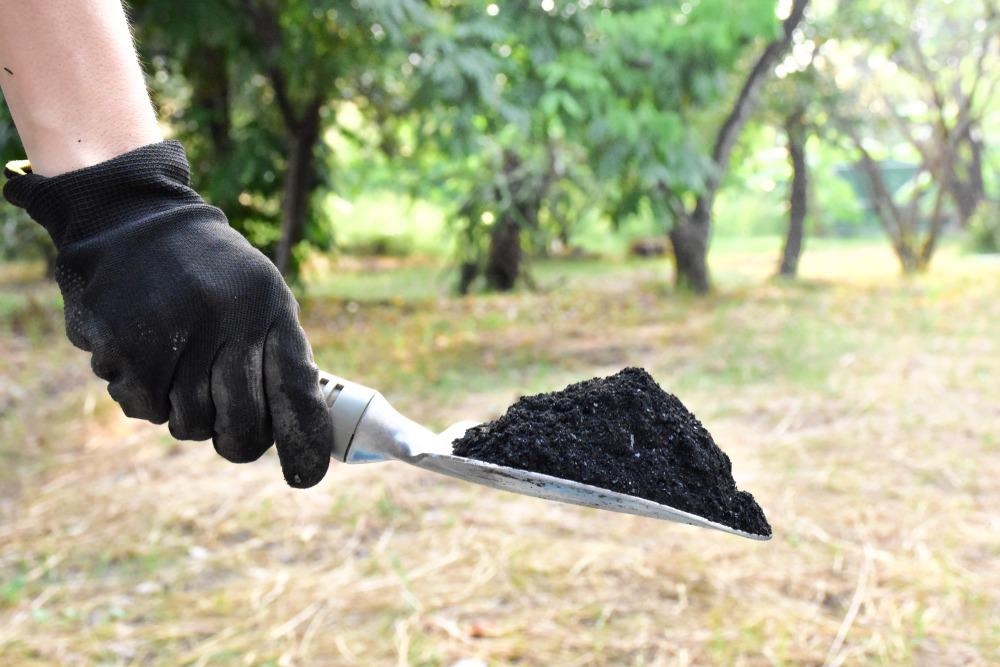
Standards & Compliance
Standards-aligned by design
We map each project to recognized guidance—EBC and IBI for biochar; EPA technology notes for activated carbon.
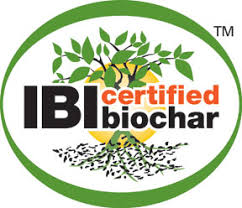

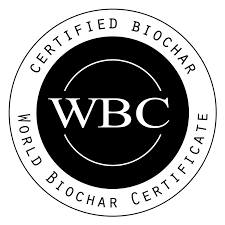
impact callout

Up to 99.9% removal for many VOCs with GAC
(design-dependent)

PFAS treatment
GAC is an EPA-listed option when correctly engineered.

Scalable footprints
containerized modules for pilots through full-scale.
FAQ
Biochar targets soil benefits and carbon storage; activated carbon is engineered for adsorption in water and air systems.
Yes—when appropriately designed, GAC is a recognized option for PFAS control alongside IX and RO/NF.
Dried agricultural residues (e.g., cotton stalks), wood residues, and nutshells perform well; selection depends on ash and volatiles.

